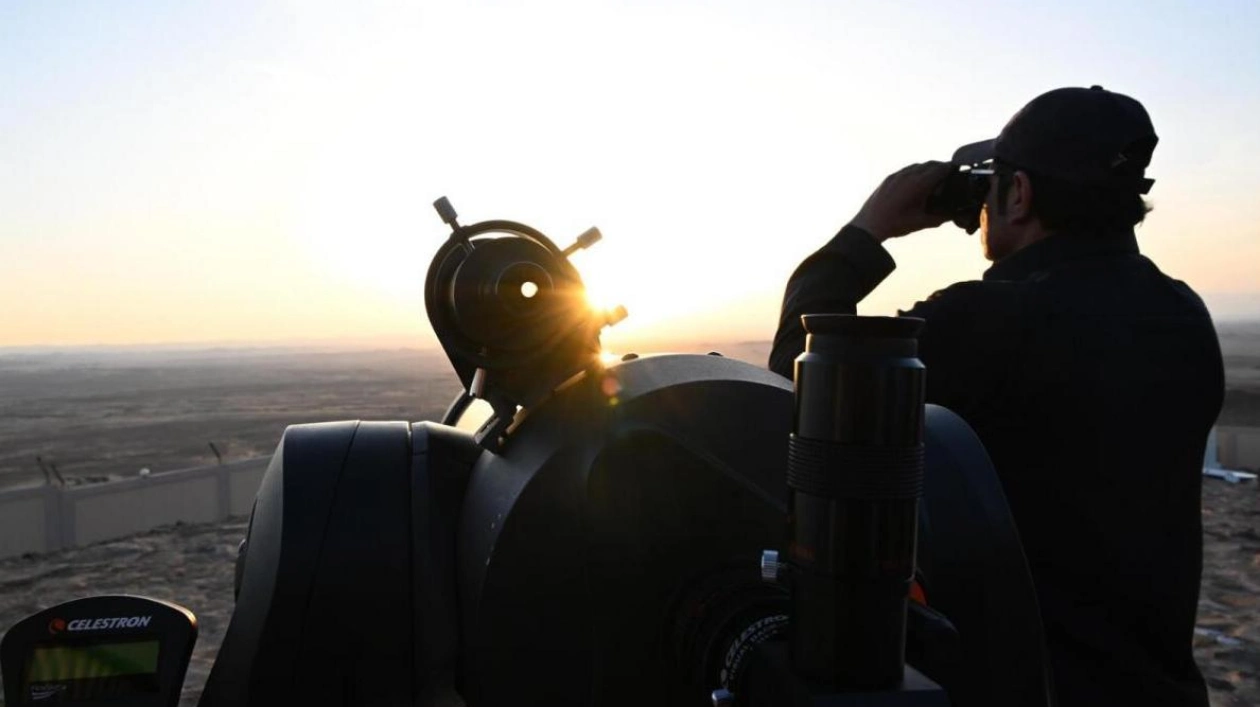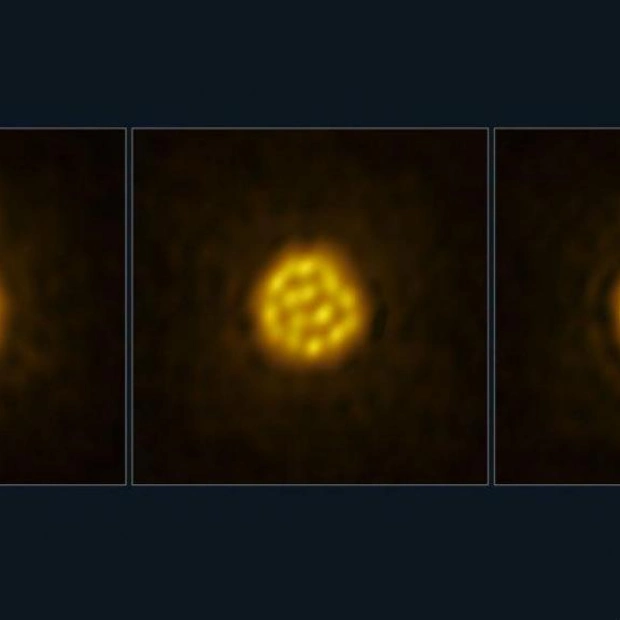Among all the planets in our solar system, Earth stands out as the only one with a single Moon. However, for approximately two months starting today, our planet will have the unique opportunity to host a second 'mini moon.' A mini-moon is defined as a "small asteroid or space rock temporarily captured by Earth's gravity," as explained by Khadijah Ahmad, Operations Manager at Dubai Astronomy Group.
The mini-moon, expected to enter Earth’s gravitational field at 11.54pm today, September 29, will remain in orbit until 12.43am on Tuesday, November 26, 2024, according to Ammar Sakaji, a theoretical physicist at the International Astronomical Center (IAC). During this brief period, our regular moon will have a companion, albeit a much smaller one. The newly discovered 'mini-moon,' designated 2024 PT5, is significantly smaller, roughly the size of a bus. In contrast, Earth's moon has a diameter of about 3,475 km, while 2024 PT5 measures approximately 10 to 11 metres wide. This makes the moon "approximately 308,108 times wider than typical mini-moons," according to Khadijah.
Ammar further explained that the 'mini moon' belongs to the "Arjuna Asteroid Belt," a secondary asteroid belt composed of space rocks that follow orbits similar to Earth’s, with an average distance from the Sun of about 149 million km. The mini-moon was first observed on August 7 at the Atlas Observatory in South Africa, and its closest approach to Earth occurred on August 8, at a distance of approximately 567,000 km.
Can residents of the UAE spot the mini moon? Unfortunately, due to the small size of these space rocks, they are not visible to the naked eye. They are "too dim or faint" and cannot be seen even through binoculars or average telescopes in the UAE or other parts of the world, according to Khadijah. Only telescopes with a diameter of 8 metres or larger, equipped with appropriate cameras, can be used to observe the asteroid, as noted by Ammar. He also added that the asteroid poses no threat to Earth, as it orbits at a distance of 4.5 million km — much farther than the average distance between the Earth and the Moon, which is currently 396,000 km.
The asteroid will not have any noticeable impact on Earth's tides or other natural occurrences, as "the mass and gravitational influence are negligible compared to that of Earth's moon," according to Khadijah. After orbiting Earth, the asteroid will escape the planet's gravitational field, be drawn towards the Sun, and continue to orbit around it, Ammar noted.
Why is it named 2024 PT5? Khadijah explained the elements in the naming of the asteroid: 2024 represents the year it was discovered. The letter P signifies that it was found in the second half of August, following the naming system by the IAU that assigns letters to the two halves of each month. For instance, A and B correspond to the first and second halves of January, and so on for each month. T5 denotes that it is the fifth object discovered in that period.






